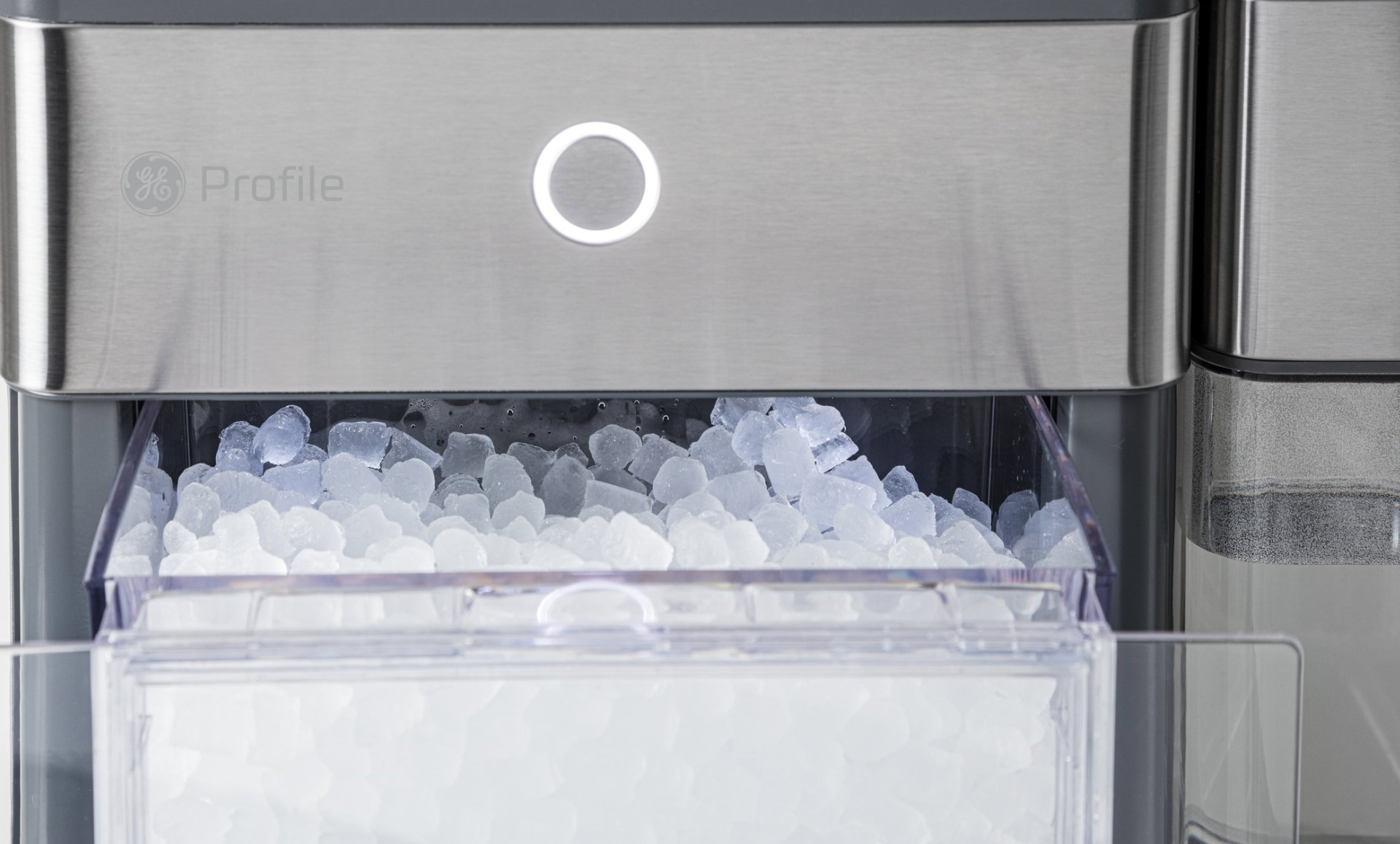

Articles
How To Make Your Ice Maker Work Faster
Modified: October 27, 2024
Learn effective techniques to make your ice maker work faster with these expertly written articles. Discover tips and tricks to optimize your ice maker's performance for quick and efficient ice production.
(Many of the links in this article redirect to a specific reviewed product. Your purchase of these products through affiliate links helps to generate commission for Storables.com, at no extra cost. Learn more)
Introduction
Welcome to the ultimate guide on how to make your ice maker work faster. If you’ve ever found yourself impatiently waiting for ice cubes to freeze or experiencing slow ice production, you’re not alone. A slow-working ice maker can be frustrating, especially when you need ice for cold beverages or entertaining guests.
Fortunately, there are several steps you can take to improve the speed and efficiency of your ice maker. In this article, we’ll explore the basics of ice makers, the importance of regular cleaning and maintenance, and various strategies to enhance the performance of your ice maker.
Whether you have a standalone ice maker or an ice maker built into your refrigerator, these tips and techniques will help you get your ice maker functioning at its best, delivering ice cubes in no time.
So, let’s dive into the world of ice makers and learn how to make them work faster!
Key Takeaways:
- Keep your ice maker running smoothly by regularly cleaning, descaling water lines, and ensuring proper air circulation. Using filtered water can improve ice quality and extend the lifespan of your ice maker.
- Consider adjusting temperature settings, ensuring proper ice cube size, and limiting ice production to optimize your ice maker’s speed. If all else fails, upgrading to a new model can significantly improve ice production.
Read more: How Does An Ice Maker Work?
Understanding the Basics of an Ice Maker
Before we delve into ways to make your ice maker work faster, it’s important to have a solid understanding of how an ice maker functions. Most ice makers operate using a similar mechanism, regardless of whether they are standalone or built into a refrigerator.
An ice maker consists of several key components, including a water supply line, a valve to control the water flow, a mold or ice tray, a thermostat to regulate the temperature, a motor, and a heating coil. Here’s a step-by-step explanation of how an ice maker works:
- The ice maker begins by filling the mold or ice tray with water from the water supply line.
- The valve opens to allow water to flow into the mold until it reaches a specific level.
- The thermostat senses the temperature and signals the motor to start the freezing cycle.
- The motor activates, causing the mold to rotate or the tray to tilt, ensuring even freezing of the water.
- As the water freezes, the heating coil warms up, helping the ice cubes to release from the mold or tray.
- Finally, the motor rotates again, pushing the ice cubes into a holding bin, ready to be dispensed.
Understanding this simple yet intricate process is crucial for troubleshooting and improving the speed of your ice maker. By identifying potential issues and addressing them, you can significantly enhance the efficiency and speed of your ice maker’s ice production.
Now that you have a basic understanding of how an ice maker works, let’s move on to the next section and explore how regular cleaning and maintenance can optimize its performance.
Cleaning and Maintaining Your Ice Maker
A clean and well-maintained ice maker is essential for optimal performance. Over time, mineral deposits, mold, and bacteria can accumulate in the water lines and ice mold, causing clogs and affecting the quality of the ice. Here are some important cleaning and maintenance steps to keep your ice maker running smoothly:
- Regular Cleaning: Start by unplugging the ice maker or turning off the water supply. Remove the ice bin and any removable parts, such as the ice tray or mold, and clean them with warm, soapy water. Use a soft brush or toothbrush to scrub away any residue or deposits. Rinse thoroughly and allow the parts to air dry before reassembling them.
- Descale the Water Lines: Over time, mineral deposits can build up in the water lines, affecting water flow and ice production. Use a descaling solution specifically designed for ice makers to remove these deposits. Follow the instructions on the product carefully, and run the solution through the water lines to thoroughly clean them. Rinse with clean water afterwards.
- Replace Water Filters: If your ice maker has a water filter, make sure to replace it regularly according to the manufacturer’s instructions. A clogged or saturated filter can slow down water flow and affect ice production.
- Keep the Ice Maker Ventilated: Proper air circulation is crucial for efficient ice production. Ensure that the area around the ice maker is well-ventilated and free from obstructions. Avoid placing the ice maker near heat sources or in direct sunlight, as this can increase the temperature and slow down the freezing process.
- Inspect for Leaks: Periodically check the water lines and connections for any leaks. A leak can not only affect the ice maker’s performance but also cause water damage. If you notice any leaks, tighten the connections or replace any damaged parts.
By following these cleaning and maintenance practices, you can prevent clogs, improve water flow, and ensure that your ice maker works efficiently. Now that you’ve mastered the art of cleaning and maintaining your ice maker, let’s move on to the next section and discover how to improve air circulation around the ice maker for faster ice production.
Improving Air Circulation around the Ice Maker
Proper air circulation is crucial for the efficient operation of your ice maker. When the air around the ice maker is stagnant or blocked, it can hinder the cooling process and slow down ice production. Here are some effective ways to improve air circulation around your ice maker:
- Clear Obstructions: Ensure that there are no objects or debris blocking the vents or air intake areas of your ice maker. Keep the area around the ice maker clean and free from clutter.
- Positioning: Place the ice maker in a location that has ample space for air to circulate. Avoid installing it in tight or enclosed spaces, as this can restrict airflow and affect performance.
- Avoid High Temperatures: Keep your ice maker away from heat sources such as ovens, stoves, or direct sunlight. High temperatures can increase the overall temperature around the ice maker, leading to slower freezing and ice production.
- Use Fans or Ventilation: If you notice that air circulation is poor around your ice maker, consider using a small fan or improving the ventilation in the area. This can help to dissipate heat and improve the overall cooling process.
By implementing these measures, you can ensure that your ice maker receives proper airflow and operates at maximum efficiency. Improved air circulation will not only speed up ice production but also contribute to the longevity of your ice maker.
Next, let’s explore how using filtered water for ice making can have a positive impact on the performance and quality of your ice.
Using Filtered Water for Ice Making
The quality of water used in your ice maker can have a significant impact on both the performance and taste of your ice cubes. Using filtered water is highly recommended to ensure clean, pure, and great-tasting ice. Here are some reasons why you should consider using filtered water for ice making:
- Removal of Impurities: Water from your tap may contain impurities such as minerals, chlorine, or sediment. These impurities can affect the freezing process and potentially lead to cloudy or off-flavored ice cubes. Filtering the water removes these impurities, resulting in ice cubes that are clear and refreshing.
- Prevention of Scale Build-Up: Minerals present in tap water can accumulate in the water lines and components of your ice maker, causing scale or mineral deposits. These deposits can impede water flow and reduce ice production. Using filtered water can help prevent scale build-up and keep your ice maker running smoothly.
- Improved Taste and Odor: Filtered water not only removes impurities but also eliminates any unpleasant taste or odor that may be present in tap water. This ensures that your ice cubes taste fresh and pure, enhancing the overall enjoyment of your beverages.
- Extended Lifespan of Your Ice Maker: By using filtered water, you help maintain the integrity of your ice maker’s internal components. Without the accumulation of impurities and scale, the risk of damage or malfunctions is reduced, ultimately prolonging the lifespan of your ice maker.
To use filtered water for your ice maker, you can either invest in a refrigerator with a built-in water filter or install an under-sink water filtration system. Alternatively, you can also use a countertop water filter pitcher or a faucet-mounted filter to purify the water before pouring it into the ice tray.
By using filtered water, you can enjoy crystal clear and great-tasting ice cubes while optimizing the performance and longevity of your ice maker.
Now that we’ve covered the importance of using filtered water, let’s move on to the next section and learn how checking and adjusting the temperature settings can improve ice production.
To make your ice maker work faster, try lowering the temperature in your freezer. The colder the temperature, the faster the ice will freeze.
Read more: How To Work A Frigidaire Ice Maker
Checking and Adjusting the Temperature Settings
The temperature at which your ice maker operates plays a crucial role in its performance and ice production. If the temperature is too high or too low, it can have a negative impact on the freezing process. Here are the steps to check and adjust the temperature settings of your ice maker:
- Refer to the Manual: Start by consulting the user manual of your ice maker. It will provide instructions on how to access and adjust the temperature settings specific to your model.
- Access the Control Panel: Locate the control panel of your ice maker. It is usually located on the front or side of the appliance. Some ice makers have a digital interface, while others may have manual dials or buttons.
- Check the Current Temperature: Use the control panel to check the current temperature setting of your ice maker. It may be displayed in Fahrenheit or Celsius.
- Adjust the Temperature: If the temperature setting is too high or too low, follow the instructions in the user manual to make the necessary adjustments. It is recommended to make minor adjustments and monitor the ice production to find the optimal temperature for your specific needs.
- Wait for the Changes to Take Effect: After adjusting the temperature, allow some time for the ice maker to stabilize and for the changes to take effect. Check the ice production over the next few hours or days to gauge the impact of the temperature adjustment.
It’s worth noting that the ideal temperature for ice making may vary slightly depending on the specific model of your ice maker. However, the general temperature range for optimal ice production is between 0°F (-18°C) and 5°F (-15°C). Adjusting the temperature within this range can help improve ice production and ensure that your ice maker is operating efficiently.
Now that you know how to check and adjust the temperature settings, it’s time to explore another factor that can affect the speed of your ice maker: ensuring proper ice cube size.
Ensuring Proper Ice Cube Size
The size of the ice cubes produced by your ice maker can impact both the speed and functionality of the machine. If the ice cubes are too large or too small, it can affect the freezing process and slow down ice production. Here are some tips to ensure proper ice cube size:
- Check the Ice Cube Size Setting: Look for a size adjustment feature on your ice maker. It can usually be found on the control panel or inside the ice maker itself. Consult the user manual to understand how to adjust the ice cube size setting.
- Make Necessary Adjustments: Use the size adjustment feature to select the desired ice cube size. Most ice makers offer different size options, such as small, medium, or large. Select the size that suits your preferences and needs.
- Observe the Ice Cube Production: Once you’ve adjusted the ice cube size setting, observe the ice production for a day or two. If you notice any inconsistencies or if the ice cubes are still not the desired size, consider making further adjustments to fine-tune the size.
- Clear Any Obstructions: Occasionally, ice cubes may become stuck or wedged in the ice maker, preventing proper dispensing and affecting size consistency. Regularly check the ice bin and remove any obstructions or clumps of ice to ensure smooth operation.
By ensuring proper ice cube size, you allow the ice maker to function optimally and produce ice cubes more efficiently. Consistent ice cube size also ensures that the ice cubes fit well in glasses and effectively cool beverages.
Now that you’re well-versed in ensuring proper ice cube size, let’s move on to the next section and explore the concept of limiting the number of ice cubes produced.
Limiting the Number of Ice Cubes
Controlling the number of ice cubes produced by your ice maker can help improve the overall speed and efficiency of the machine. When an ice maker is constantly producing a large number of ice cubes, it may struggle to keep up with the demand, resulting in slower production. Here are some tips to effectively limit the number of ice cubes:
- Adjust the Ice Cube Production: Most ice makers have a feature that allows you to adjust the ice cube production level. This can usually be done through the control panel or settings menu. Reduce the production level to a quantity that matches your needs without overwhelming the machine.
- Regularly Empty the Ice Bin: Make it a habit to regularly empty the ice bin to create more space for new ice cubes. When the ice bin is full, the ice maker may automatically reduce or halt ice production until the bin is emptied.
- Monitor Ice Usage: Pay attention to your ice consumption patterns and adjust the ice cube production accordingly. If you consistently find yourself using less ice, consider reducing the production level to avoid wasted ice cubes and maintain a consistent supply.
- Plan Ahead for High-Demand Situations: If you know you’ll be hosting a party or expecting a higher demand for ice, plan ahead by increasing the ice cube production temporarily. This will ensure you have enough ice to meet the increased demand without straining your ice maker’s capacity.
By limiting the number of ice cubes produced, you allow your ice maker to work more efficiently and avoid overworking the machine. This can contribute to faster ice production and a smoother operation overall.
Now, let’s discuss how upgrading your ice maker can significantly improve its speed and performance.
Upgrading Your Ice Maker for Faster Ice Production
If you’ve tried various methods to optimize your current ice maker’s speed and find that it still doesn’t meet your needs, it may be time to consider upgrading to a new and improved model. Upgrading your ice maker can provide several benefits, including faster ice production. Here are some factors to consider when upgrading your ice maker:
- Capacity: Assess your ice consumption needs and choose an ice maker with a higher capacity. Models with larger ice storage bins and faster ice production rates can ensure a sufficient and continuous supply of ice.
- Speed: Look for ice makers with faster ice production speeds. Some models utilize advanced freezing technologies and mechanisms that enable them to produce ice cubes more quickly, effectively reducing waiting time.
- Additional Features: Consider features like quick ice cycle options, automatic shut-off when the ice bin is full, and built-in water filters. These additional features can contribute to faster ice production and improved ice quality.
- Energy Efficiency: Opt for an energy-efficient ice maker. Energy-efficient models help save on electricity costs and often have advanced insulation and cooling systems that aid in faster ice production.
- Customer Reviews and Ratings: Before making a purchase, read reviews and ratings of different ice maker models. Look for feedback specifically related to ice production speed and reliability to ensure you choose a model that meets your requirements.
When upgrading your ice maker, be sure to follow the manufacturer’s instructions for installation and operation. Proper installation and regular maintenance of the new ice maker will contribute to its longevity and efficient performance.
By upgrading to a new and improved ice maker, you can enjoy faster ice production, increased capacity, and enhanced features that cater to your specific needs. It’s an investment that can significantly improve your ice-making experience.
Now that we’ve explored various ways to make your ice maker work faster, let’s conclude the article.
Read more: How To Make Ice in Frigidaire Ice Maker
Conclusion
Having a fast-working ice maker is essential for those hot summer days, entertaining guests, or simply enjoying a refreshing cold beverage. By implementing the strategies discussed in this guide, you can optimize the speed and efficiency of your ice maker.
First, understanding the basics of how an ice maker works gives you a better grasp of troubleshooting potential issues and improving its performance. Regular cleaning and maintenance, such as removing mineral deposits and keeping the ice maker well-ventilated, are crucial for smooth operation.
Using filtered water ensures that your ice cubes are clean, clear, and free from impurities, resulting in better-tasting ice. Checking and adjusting the temperature settings allows you to find the optimal range for efficient ice production.
Ensuring proper ice cube size and limiting the number of ice cubes produced help your ice maker work more effectively without straining its capacity. Finally, if you find that your current ice maker still falls short in terms of speed and performance, consider upgrading to a model with advanced features and faster ice production capabilities.
Remember, maintaining a well-functioning ice maker requires consistent upkeep and monitoring. It’s important to follow the manufacturer’s guidelines and consult the user manual when in doubt.
With these tips and tricks, you can make your ice maker work faster, ensuring a steady supply of ice whenever you need it. So, beat the heat and enjoy cold, refreshing beverages with the help of your speedy ice maker!
Frequently Asked Questions about How To Make Your Ice Maker Work Faster
Was this page helpful?
At Storables.com, we guarantee accurate and reliable information. Our content, validated by Expert Board Contributors, is crafted following stringent Editorial Policies. We're committed to providing you with well-researched, expert-backed insights for all your informational needs.
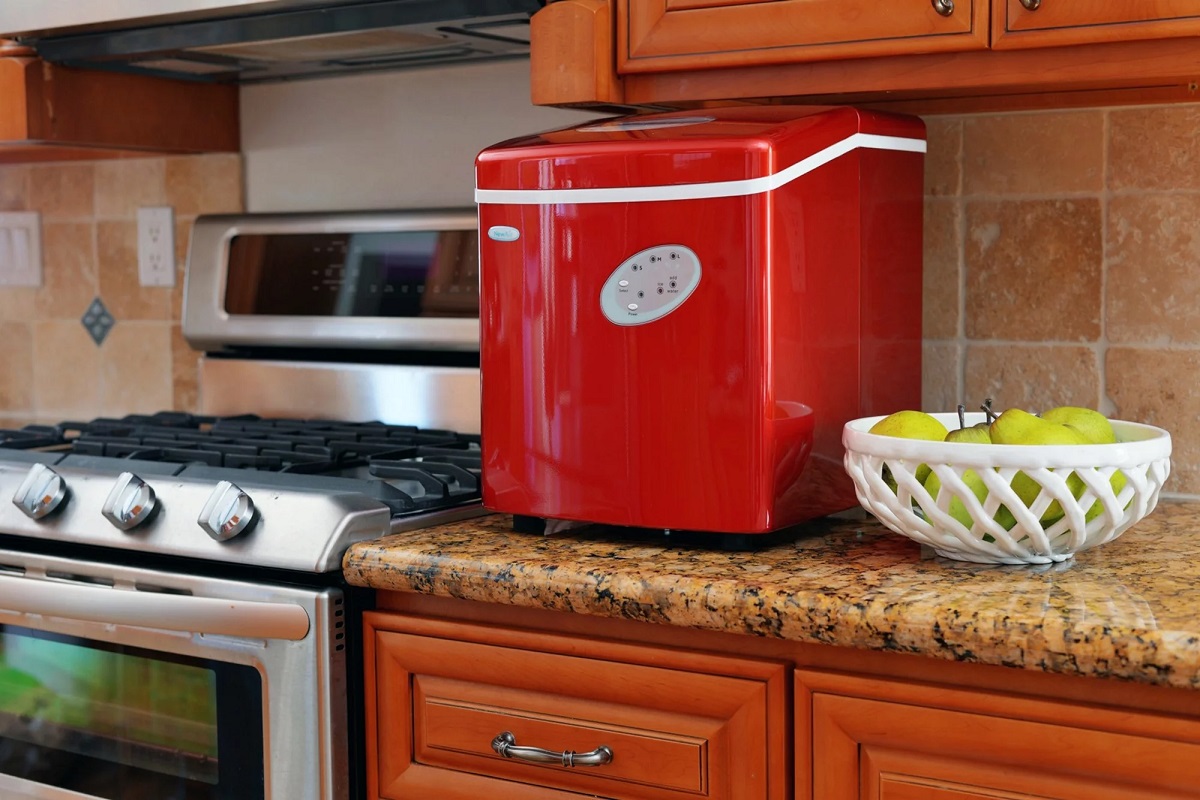
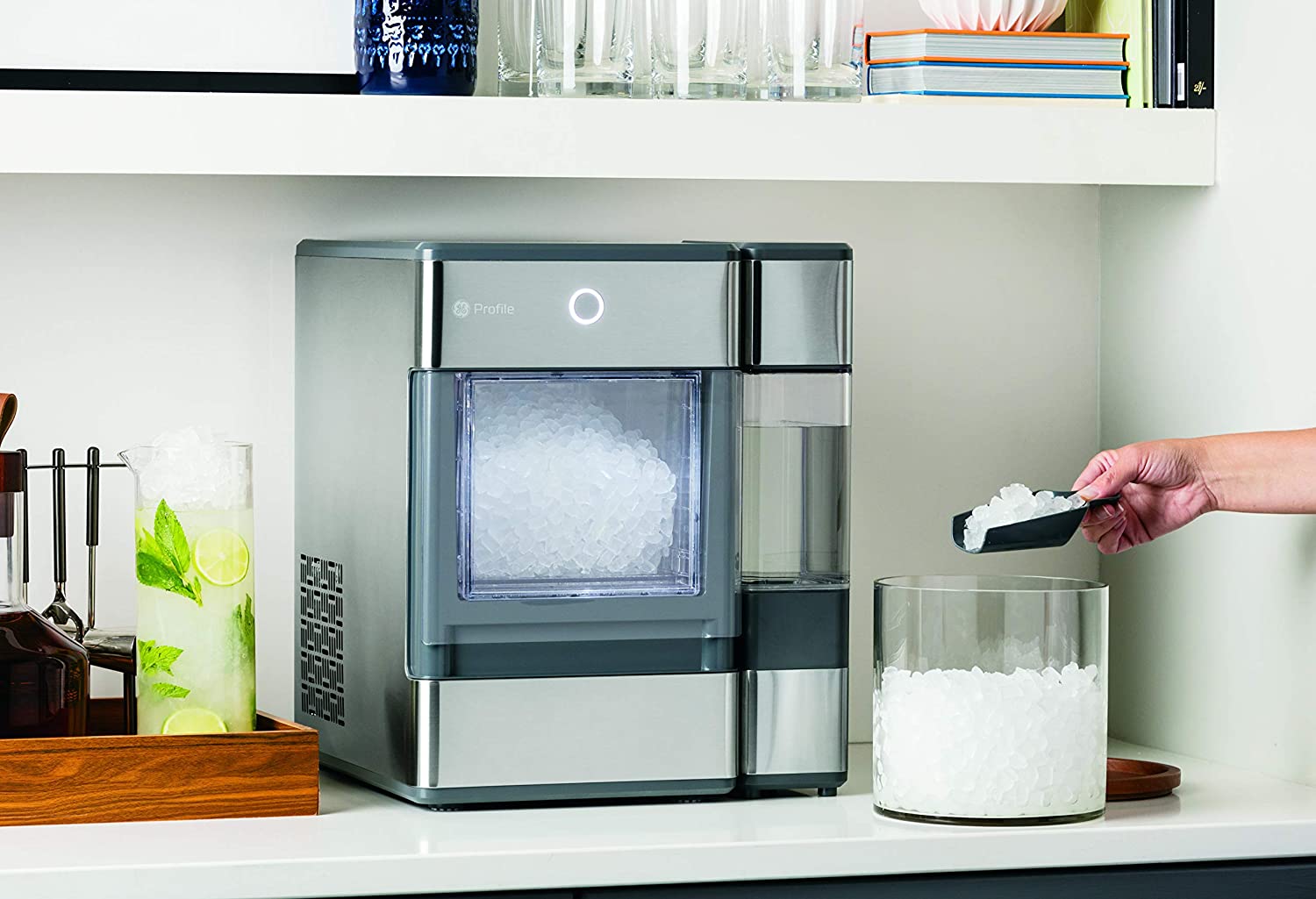
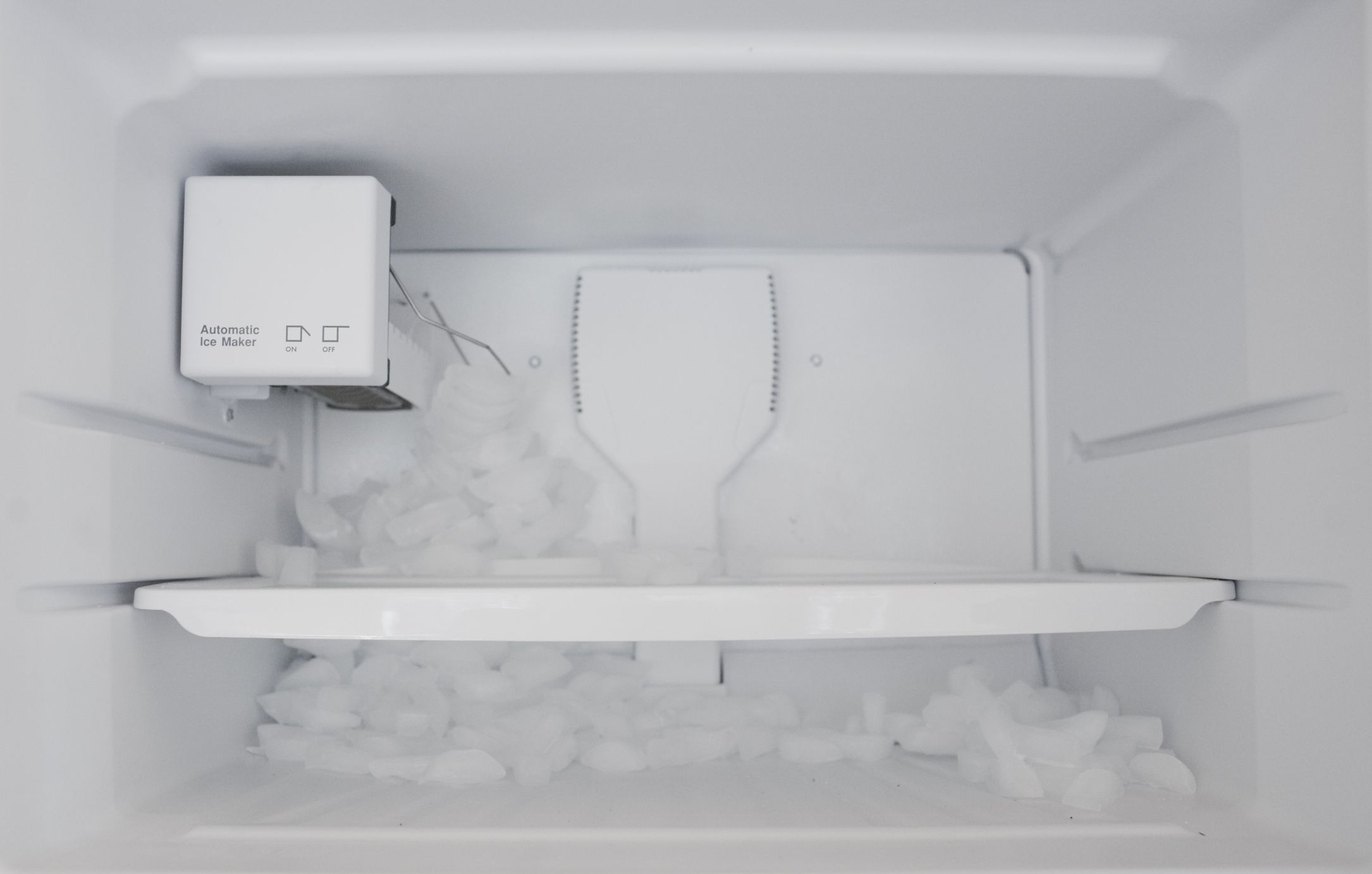

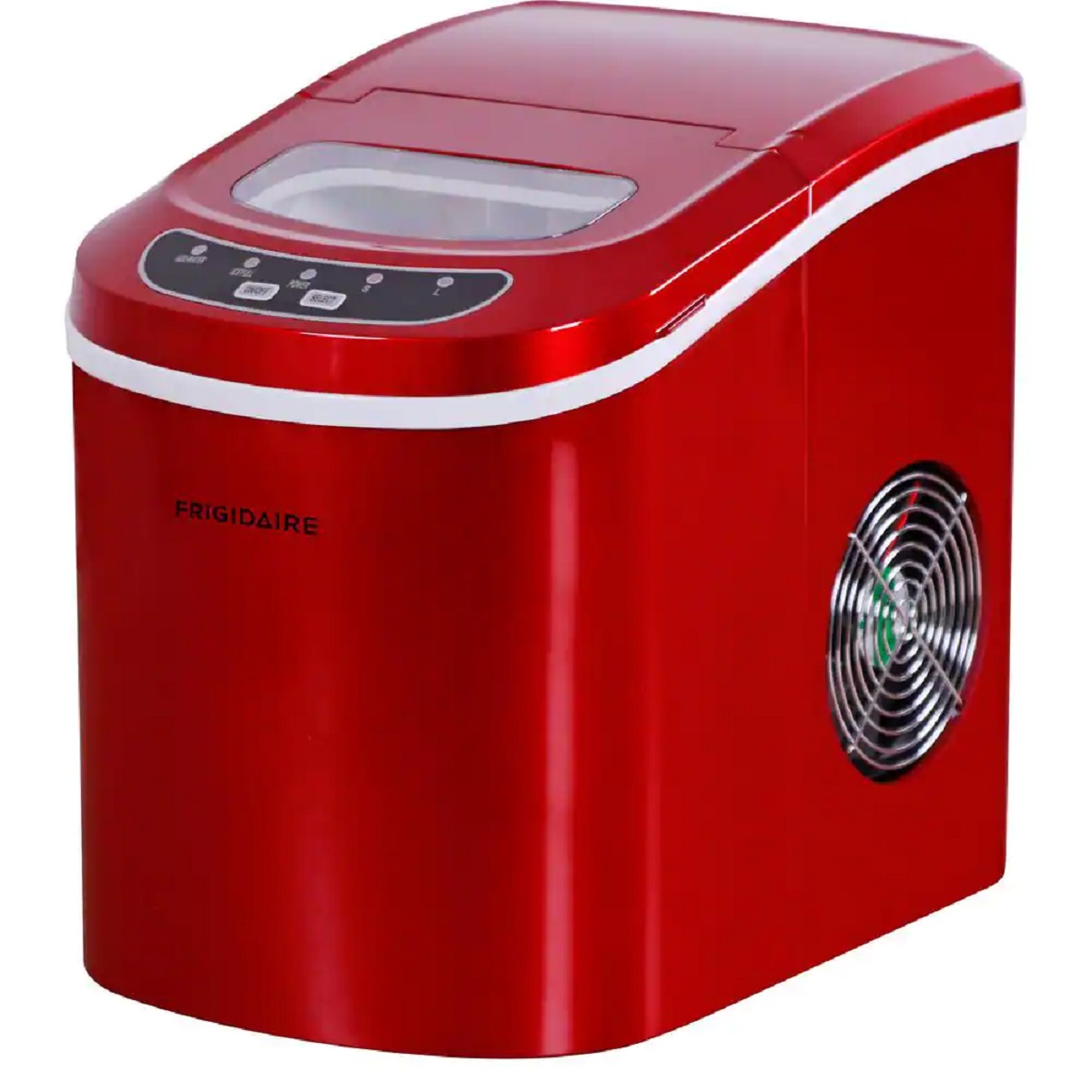
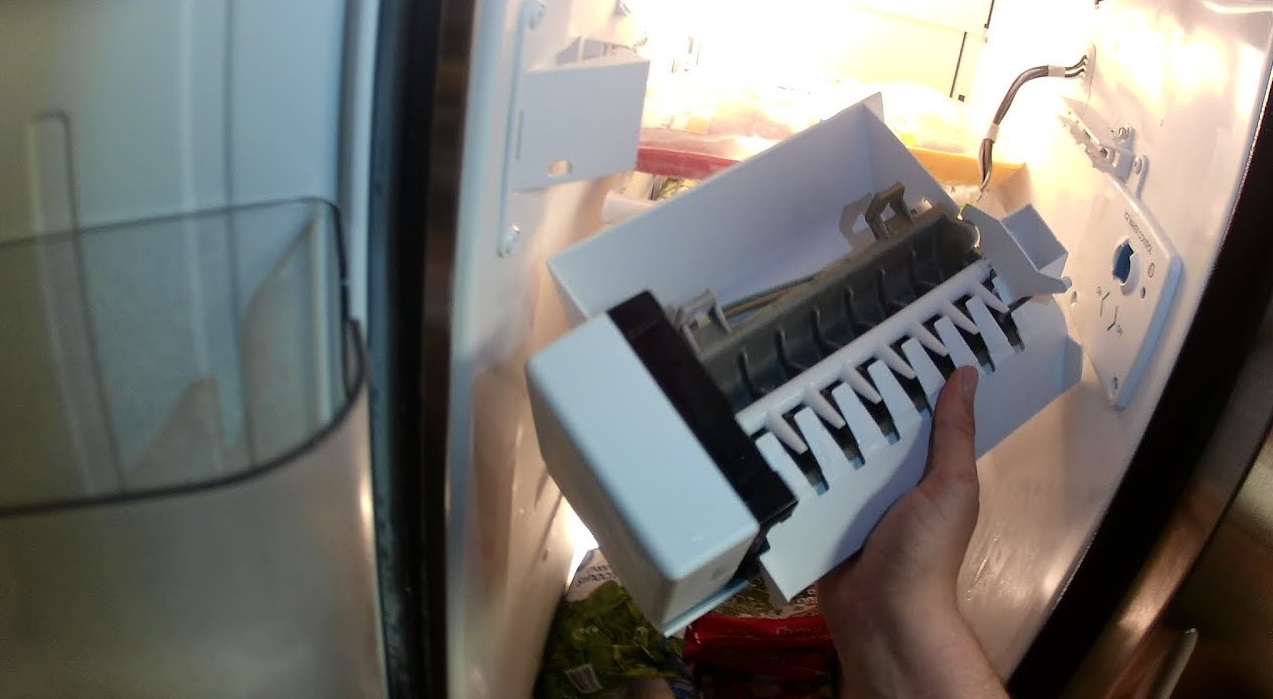
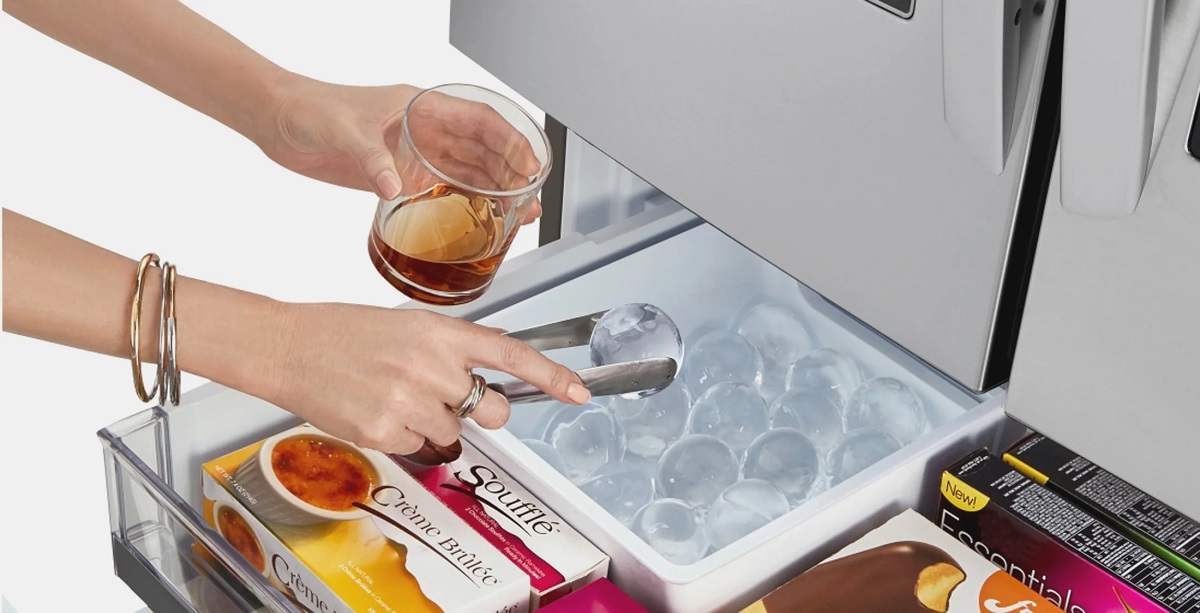
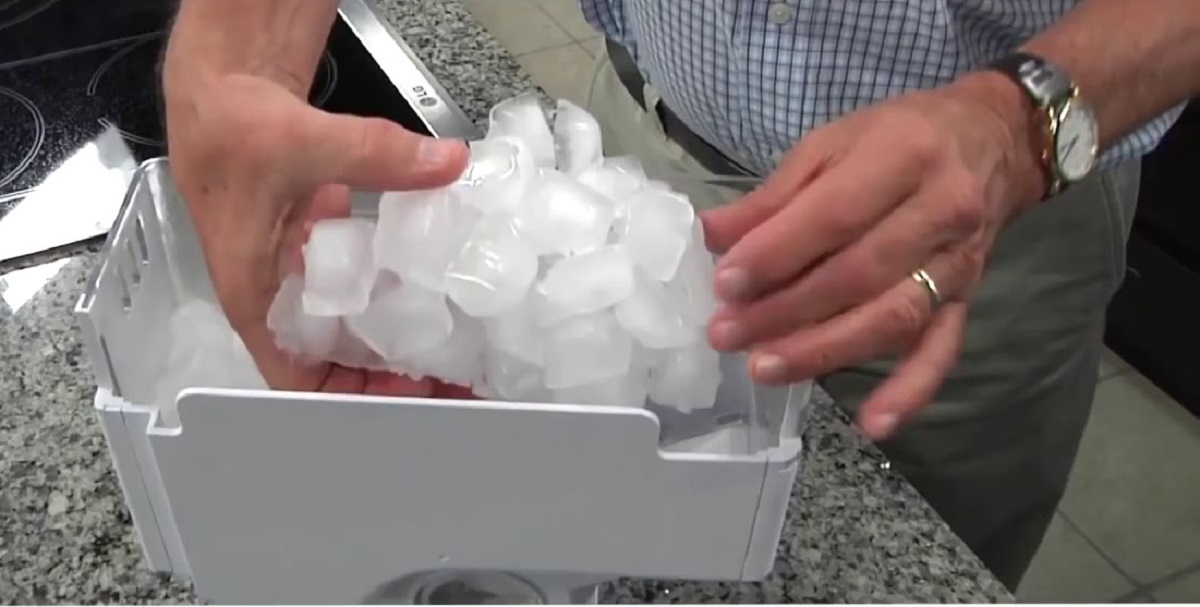
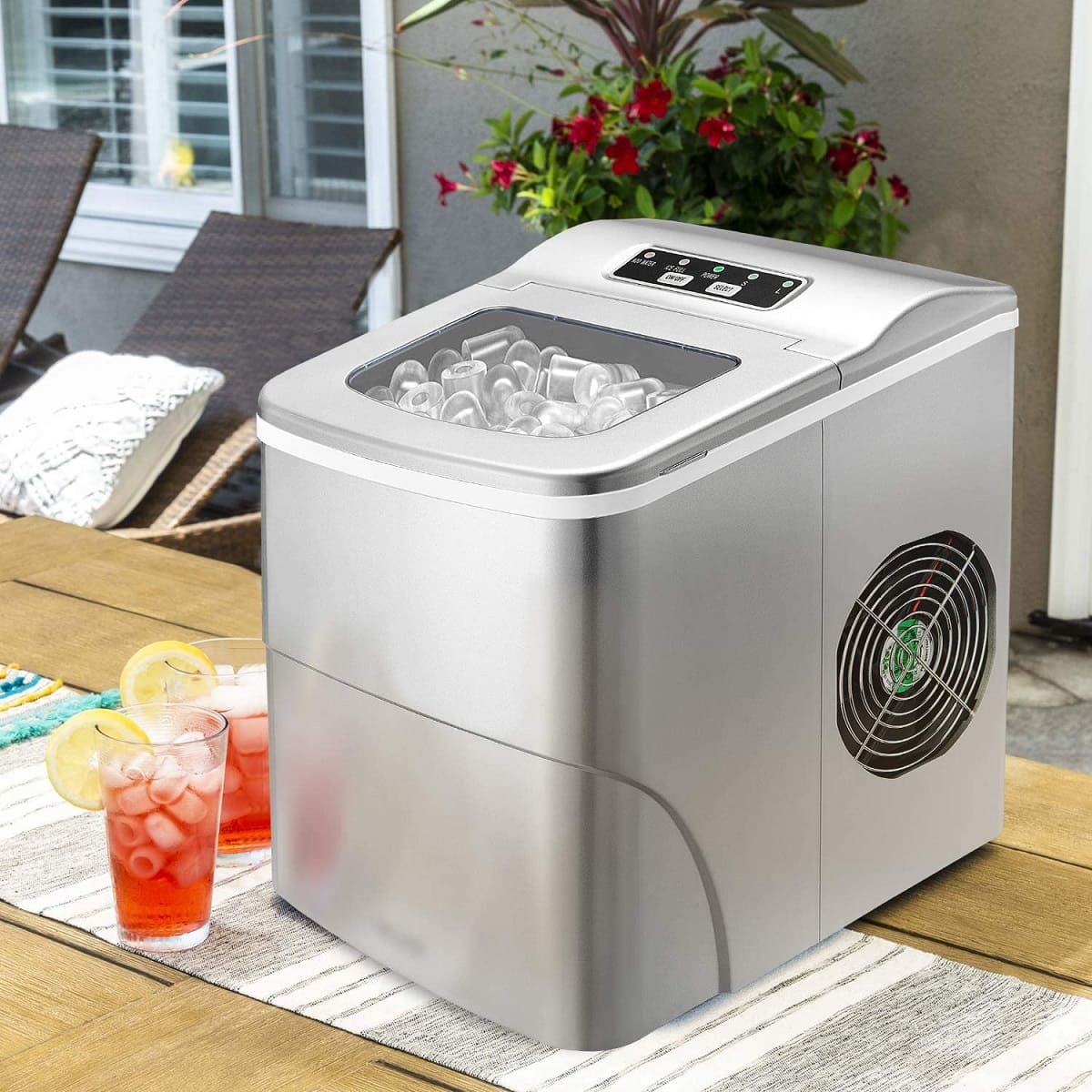
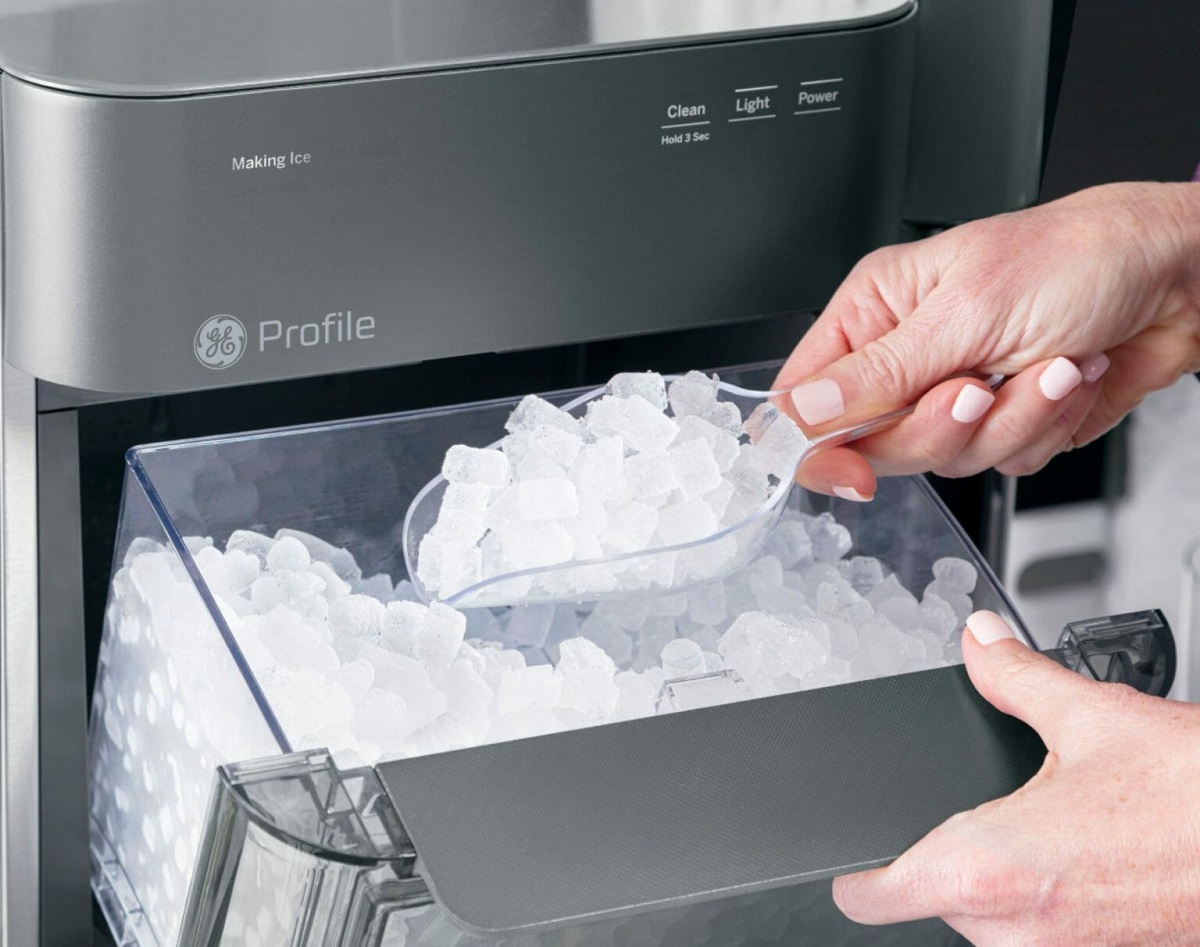
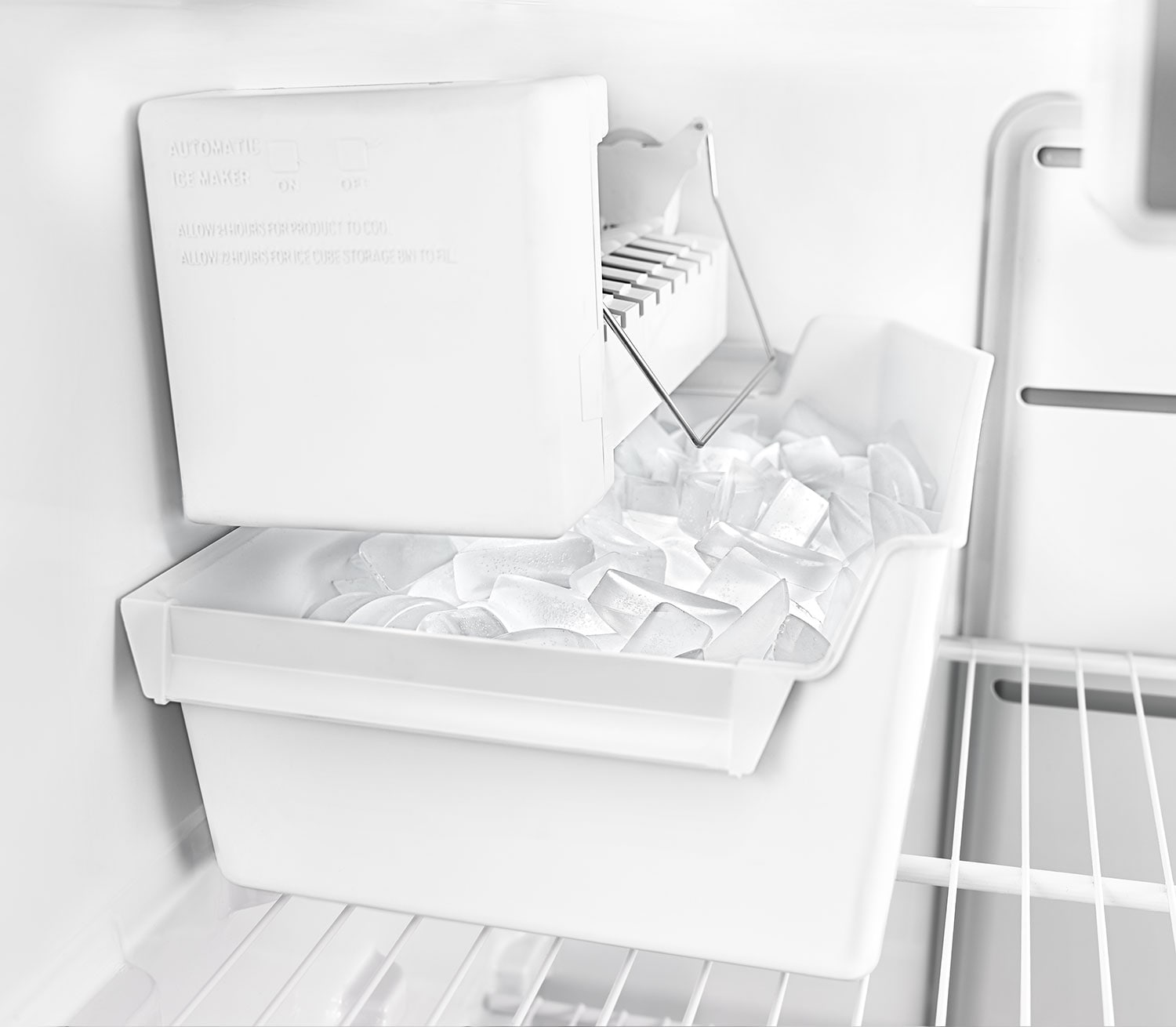
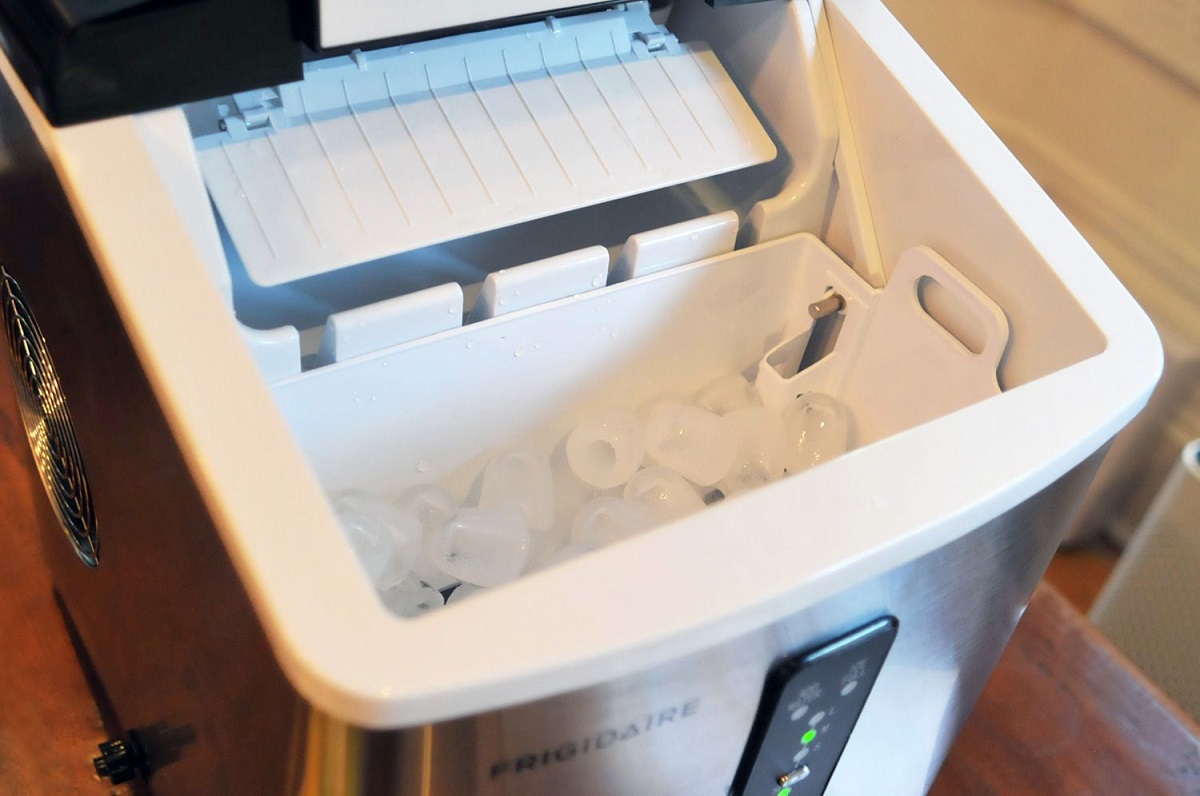
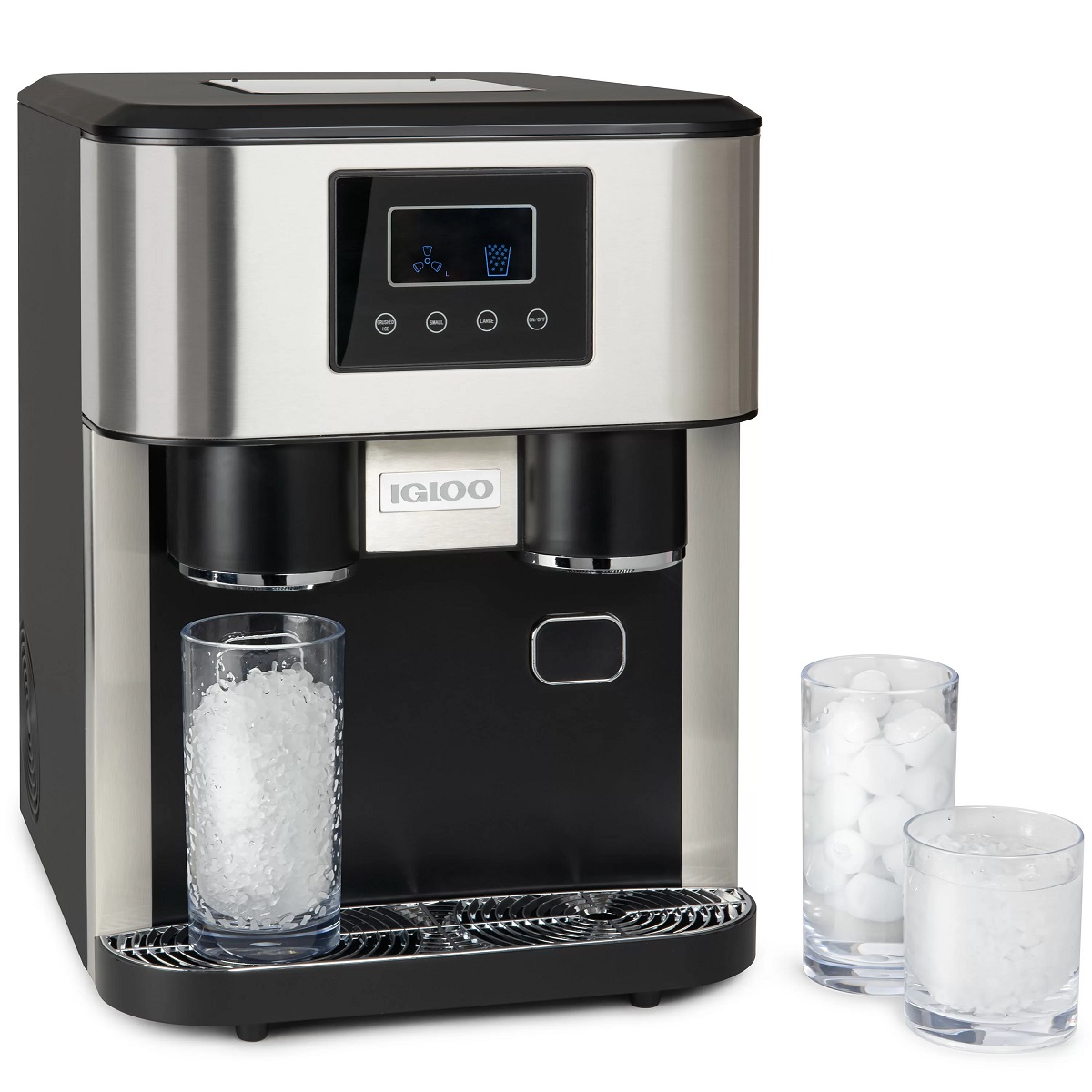

0 thoughts on “How To Make Your Ice Maker Work Faster”